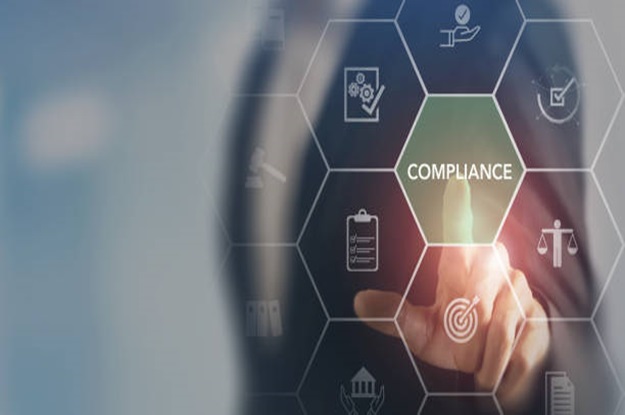Money laundering is one of the most severe problems in the world. People who illegally earn their money, like drug dealing, cannot use their money in cash. The point remains that the government will know that the money is dirty and that it came from crimes. For this reason, crooks must go through a unique process called money laundering to hide where their cash came from.
The central core of money laundering is developed from the money laundering stages: placement, layering, and integration. At the first stage, which is the placement, the criminals insert their dirty money into something like a business account so that it appears the money is coming from regular sales and not illegal activities. During the layering process, they undertake many financial moves to cover the natural source of the cash and make the cash trail more straightforward. Finally, now with integration, the now-cleaned money is put back to use as clean, regular income.
This article outlines each of the three stages and will explain how they change dirty money into money that looks clean and legal.
Professional Money Launderers
Some criminal organizations have their professional money launderers. These persons’ sole purpose is to clean up their dirty money through various stages of money laundering. Their job, or actually their career, includes splashing the fund over a number of layers, merging the fund, and then splitting it into different investments. Their experience allows them to perform this operation without being caught.
Professional networks launder more than $300 billion each year in service to drug cartels and other organizations that are considered organized crime. Using methods that go far beyond what the “ordinary” criminal can work with, these rings are under particular focus for the work against money laundering.
Red Flags to Look Out For
Financial institutions should be vigilant of possible money laundering offences by their clients in their transactions. Indications that may appear suspicious include large cash transactions that are not in line with a customer’s known, legitimate income.
There is also great suspicion in the case of frequent wire transfers to offshore banking accounts in countries without disclosure rules. Rapid movement of money involving many accounts suggests that layering is preferred as the best way to cover tracks between the 3 Stages of Money Laundering process. Staying alert to such red flags helps the authorities and the anti-money laundering programs detect potential dirty money flows.
Trends of Money Laundering in Technology
With the increase in new technologies, criminals are always coming up with new ways to launder money. For now, in the present age, digital currency such as Bitcoin has been one of the trends that some criminals have used to try and launder some funds, the reason being that digital cash could never be traced compared to the regular transfer of money.
More than $1 billion worth of cryptocurrencies might be laundered annually. Darknet marketplaces are also challenging anti-money laundering. There is a must for international collaboration on the monitoring of new trends of laundering with the use of technology in order to catch up with criminals taking advantage of said weaknesses.
Global Anti-money laundering efforts
No one country can fight alone against money laundering as dirty funds tend to move across borders. Many global initiatives involve the cooperation of nations against such related offenses. The United Nations Office on Drugs and Crime cooperates with over 200 countries and helps facilitate anti-money laundering training, the building of laws, and information sharing amongst jurisdictions.
Penalties and Punishments
Most countries take money laundering very seriously in their laws. Those found guilty of money laundering will have to spend a jail term of about 2-15 years, depending on the scale of the crime and if it was connected to criminal acts like drug dealing or fraud.
Most fines are also very huge, with the amounts often subjected to full or partial forfeiture. The stiff penalties reflect how dangerous money laundering is to financial systems and efforts to curb other illegal activities through comprehensive AML programs.
Steps Individuals Can Take
- Be aware of the signs of money laundering, such as people paying for major purchases with only cash.
- Know the laws about reporting cash transactions over a certain amount, like $10,000, to the government.
- If you are employed somewhere, such as a bank, it is essential to keep a close eye on any suspicious activity transpiring with customers.
- Watch for customers who have much more money than what their jobs would usually pay them.
- Report any customer transactions that seem to make no sense or seem strange to your anti-money laundering team at work.
- Educate yourself and know common ways that criminals use to launder dirty money so that you can point out warning signs.
With a greater breadth of knowledge on money-laundering mechanisms, awareness may be elevated about the probable criminal activities taking place in your community.

